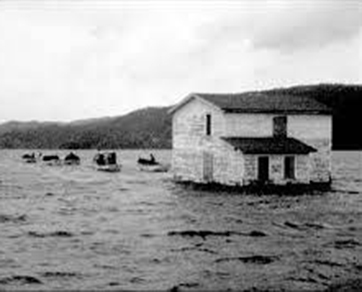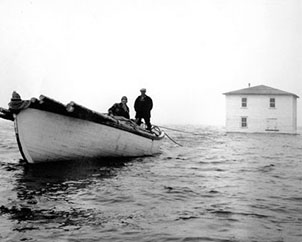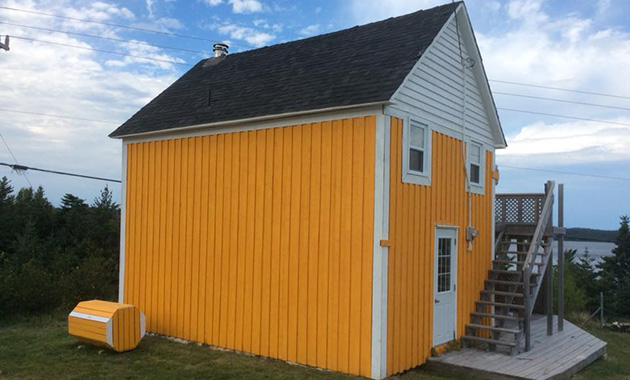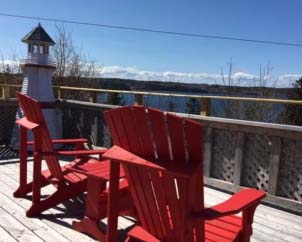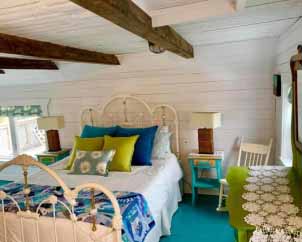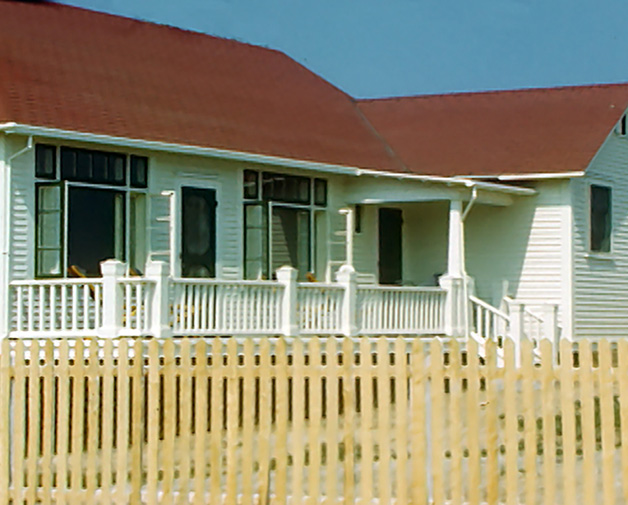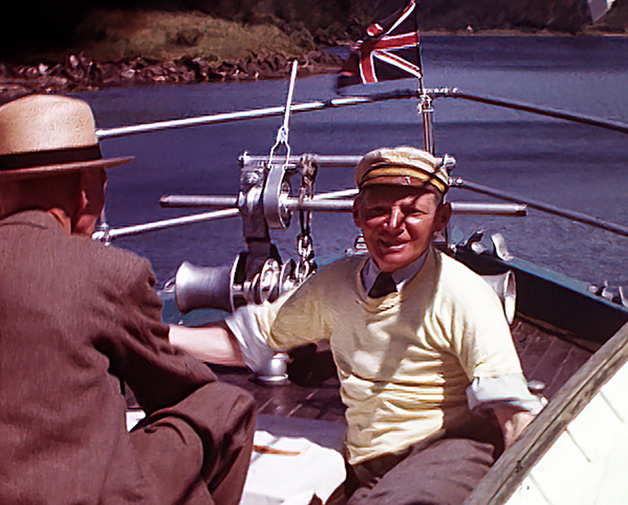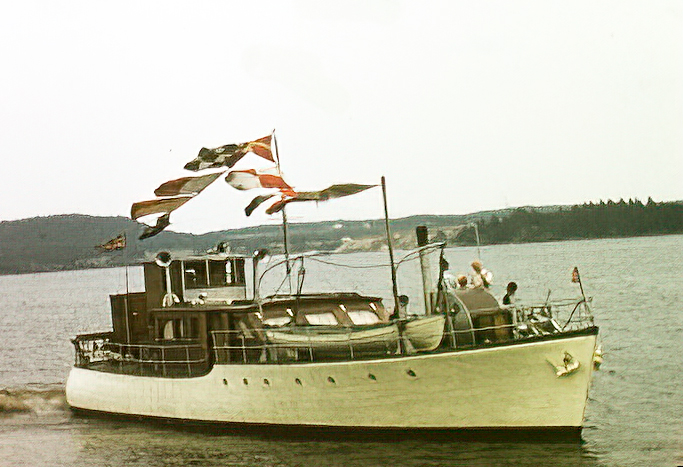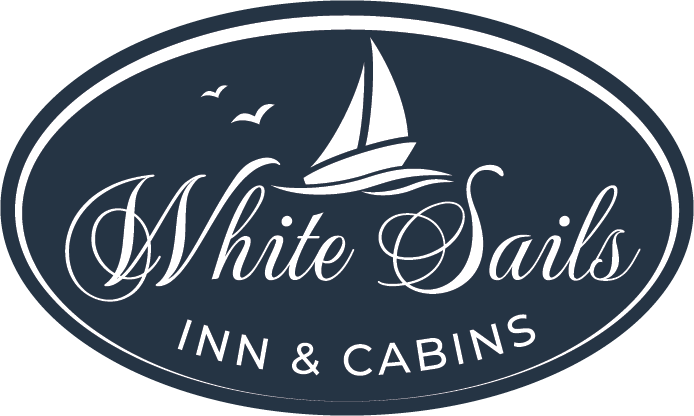Born in King’s Cove, Bonavista Bay, and later moving to St. John’s, Gerald S. Doyle became an apprentice at a local Drug Store. He developed a career selling patented medicines and cod liver oil around the coasts of Newfoundland and in 1929 established the Gerald S. Doyle Limited. Around this time, Doyle became engaged in the preservation of Newfoundland's culture and heritage, publishing the Old-Time Songs and Poetry of Newfoundland in 1927. He also established a newsletter entitled The Family Fireside, which published local news, folklore stories, and traditional music. The Gerald S. Doyle News Bulletin was aired on a local radio station in 1932, providing important information to outport fishermen. Gerald S. Doyle made a significant contribution to many Newfoundlanders in isolated areas, improving their health and keeping them informed of local news and stories of interest to them. He is also credited with popularizing Newfoundland folk music. He passed away in St. John's in 1956. The Gerald S. Doyle Memorial Museum has since been established, located in King's Cove. In his honour, his efforts in preserving Newfoundland culture are commemorated to this day.
It was during his days of visiting the coastal areas of Newfoundland in his boat, "Miss Newfoundland", and selling patented medicines and cod liver oil, that he happened upon the Eastport Peninsula area. Story has it that once he entered Eastport Bay he decided he would build a summer home next to Eastport Beach. That summer home is “The Inn” and was built in 1947 (the very first summer home in Eastport). What is now Cabin 1 was originally built as a wood-shed. Gerald visited each summer for 2 months, bringing his family by train from St. John’s to Alexander Bay station in Glovertown. He then arranged for a local taxi for onward transportation to Eastport over what can be described as “very primitive roads” (there could not have been many taxis back then!). The Inn was a summer home that he enjoyed until his death in 1956.
Following this, the property was sold to a local family (Harold and Claire Squire) and was operated as a Bed and Breakfast for a number of years. Harold and Claire named the property “The White Sails Inn” and later added “Cabins”. At that time in history, Eastport Bay was frequented with white sailed schooners. The Squire’s had a barn in the back garden that was converted to two sperate cabins (this is what is now Cabin 7). They also built a duplex which is now Cabins 2 and 3. In 1973, the property was purchased by Margaret and Les Dawe. It was then that The Inn changed from a Bed and Breakfast to a vacation home rental. The Dawes also added Cabin 6 to the property. In 1987, Doyle and Joyce Roberts (from St. John’s) purchased the property and added Cabins 4 and 5 and converted Cabin 7 to one cabin. Doyle and Joyce were the parents of the current owner, Nancy, who purchased the White Sails Inn business with her husband, Shane, in 2008 (following Doyle and Joyce’s passing). Nancy and Shane have completed many upgrades since but have for the most part have left The Inn in its original state. With a beautiful, mature garden and outstanding ocean views, The Inn is the cornerstone property of the White Sails Inn business. Guests have been returning for decades to stay at The Inn, a property rich with history, heritage and pride of ownership.

